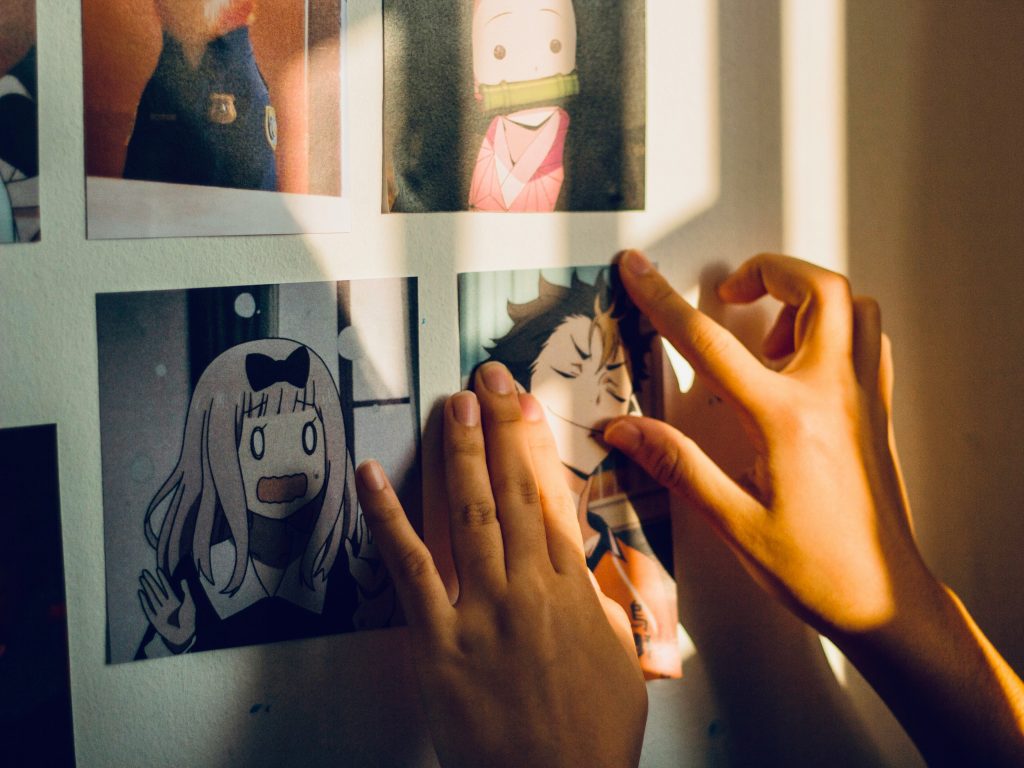
The Japanese anime industry offers a unique and exciting opportunity for Indian animators. While the industry is known for its demanding work culture and long hours, it also provides a platform to work on some of the most popular and influential anime series worldwide. Japanese anime, a beloved form of animation, has captivated audiences worldwide with its unique blend of storytelling, art, and culture. From action-packed adventures to heartwarming dramas, anime offers a diverse range of genres and themes that cater to various tastes. The anime industry in Japan is a multi-billion-dollar enterprise, producing a vast array of content, from TV series and films to web series and OVAs (Original Video Animations). It is known for its diverse genres and artistic styles, which require a broad range of animation skills and techniques.
At its core, anime is a visual medium that utilizes hand-drawn or computer-generated animation to tell stories. It often features distinctive character designs, vibrant colors, and expressive emotions. The art style and animation techniques used in anime can vary widely, from traditional cel animation to modern 3D CGI.

Here are some key factors to consider:
- Skillset and Portfolio:
- Strong animation fundamentals: A solid understanding of animation principles, such as timing, spacing, and exaggeration, is essential.
- Digital art skills: Proficiency in digital art software like Adobe Photoshop and Animate is crucial.
- Japanese-style animation: Understanding and adapting to the unique aesthetic and techniques of Japanese animation can be advantageous.
- Portfolio: A strong portfolio showcasing your animation skills is vital for attracting the attention of Japanese studios.
2. Language Proficiency:
- Japanese language skills: While not always mandatory, proficiency in Japanese can significantly improve your chances of securing a position and effectively communicating with colleagues and clients.
3. Visa Requirements:
- Work visa: Research and understand the visa requirements for working in Japan as an animator. This may involve obtaining a work visa or exploring other options like internships or freelance work.
4. Networking and Connections:
- Industry connections: Building connections with individuals or agencies specializing in placing animators in the Japanese anime industry can be helpful.
- Online communities: Participate in online forums and communities related to anime and animation to network with other professionals.
5. Cultural Adaptation:
- Work culture: Be prepared to adapt to the unique work culture of the Japanese anime industry, which often involves long hours and tight deadlines.
- Cultural sensitivity: Show respect for Japanese customs and traditions to foster positive relationships with colleagues and clients.

Potential Roles for Indian Animators in Japan:
- Key animator: Responsible for creating key poses and expressions for characters.
- In-between animator: Creates intermediate frames between key poses.
- Background artist: Designs and draws backgrounds for scenes.
- Effects animator: Creates special effects and visual elements.
- Character designer: Designs the visual appearance of characters.
While the competition is fierce, with dedication, talent, and a willingness to adapt to the Japanese anime industry’s unique culture, Indian animators can find rewarding and fulfilling careers.
Key Genres and Themes
The world of anime is vast and diverse, encompassing a wide range of genres and themes. Some of the most popular genres include:
- Shōnen: Targeted at young boys, shōnen anime often features action, adventure, and coming-of-age narratives.
- Shōjo: Aimed at young girls, shōjo anime explores themes of love, romance, and friendship.
- Seinen: Directed at young men, seinen anime tackles more mature themes and often delves into psychological and social issues.
- Josei: Targeting young women, josei anime explores themes of love, relationships, and career development.
- Sci-Fi and Fantasy: These genres often involve futuristic settings, magical worlds, and supernatural elements.
Cultural Impact and Global Appeal
Japanese anime has had a profound cultural impact, not only in Japan but also around the world. It has influenced fashion, music, and even language, with many anime terms and phrases becoming part of popular culture. The global appeal of anime can be attributed to its ability to connect with audiences of all ages and backgrounds, offering unique storytelling experiences and visual spectacles.

Gen AI Helping Japanese Anime Movies
Toei Animation, a leading Japanese animation studio, is turning to AI to address labor shortages and rising production costs. The company has used AI software to generate backgrounds and accelerate coloring, as seen in their experimental short, Urvan. While the industry faces challenges with low wages and long hours, AI offers a potential solution to streamline production and maintain profitability.
Below mentioned are some of the best examples of 2D and 3D Japanese movies.
Belle – Stunning 2D animations which lets you emotionally connect with Belle, a shy girl who finds her voice in a virtual reality realm.
Demon Slayer: Kimetsu no Yaiba – The Movie: Mugen Train– The breathtaking 3D animation visuals will surely blow your mind as demon slayers Tanjiro and his comrades embark on a thrilling mission aboard the Mugen Train.
One Piece Film: Red – The epic pirate adventure with cutting-edge 3D visuals will surely blow your mind.
The First Slam Dunk (2022) – Witness the iconic basketball anime “Slam Dunk” return in its original 2D glory, reliving the intensity of high school competition.
Dragon Ball Super: Super Hero – Prepare for explosive battles in dynamic 3D animation that will leave you on the edge of your seat.
Conclusion
Japanese anime continues to evolve and captivate audiences worldwide. Its diverse range of genres, captivating storytelling, and stunning visuals make it a beloved form of entertainment. Whether you’re a seasoned anime fan or new to the world of animation, there’s something for everyone to enjoy in this exciting and dynamic medium.
By Ashish Garg, Director of School of Animation and Data Science.



